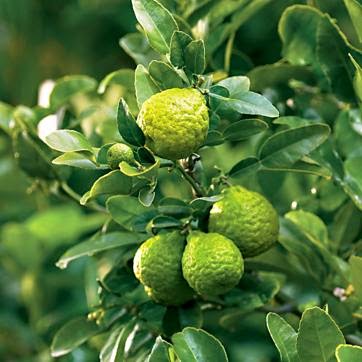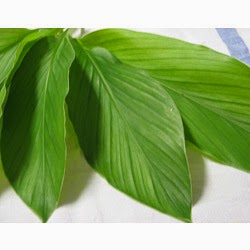Jakarta chicken porridge

Jakarta Porridge chicken or called bubur ayam, is very popular dish in most asian countries
including indonesia. porridge can be enjoyed on its own or eaten with variety of side dishes.
and even though the dish comes in many variation.
Jakarta chicken porridge made by rice, chicken, salt, bay leaves and other many spices. now we share how to make?
Servering: for 6 portion
Jakarta chicken porridge recipes
Jakarta chicken porridge ingredients:1. 200 grams rice ( wash and clean until 2 - 3X )
2. 2000 ml broth from bone chicken
3. 1 teaspon salt
4. 1 bay leaves
5. 200 ml coconut milk
Jakarta chicken porridge Sauce dressing
1. 2 chicken thighs2. 1 cm ginger ( bash )
3. 1 teaspon msg ( can replace with chicken broth )
4. 1/4 teaspon salt
5. 1000 ml water
6. 2 tablespon
Mashed seasoing to sauce dressing
1. 6 red onion / shallot2. 3 garlic
3. 1/4 teaspon nutmeg powder
4. 2 candlenut ( roasted )
5. 1/2 teaspon coriander
6. 1/2 teaspon pepper
7. 1 cm tumeric ( roasted )
secondary ingredients to completment
1. 2 tablespon sweet soy sauce2. 75 grams fried soy
3. 1 cakwe
4. 1 stalk celery
5. 2 tablespon red onion fried
6. crackers
how to make jakarta chicken porridge:
1. to make jakarta chicken porridge very easy the firs step we must clean and wash rice, and coockedand then mix with chicken broth, salt and bay leaves. coocked with medium fire and stir together until tender and thick
2. after coocked. off fire and set aside
3. in step 3 we make sauce dressing
4. mashed all mashed seasoing and mix together
5. prepare vegetable oil and sauteing all mashed seasoing mix together and thad add bash ginger. sauteing until fragrant
6. add chicken thigs and stir until chicken to brown
7. add water, salt and msg or broth
8. cook with small fire and stir until boiled and off fire
9. fry chicken until cooked and shredded chicken
10. pour porridge into a bowl and toping with shredded chicken
11. add a secondery ingredients to toping ( fried soy, cakwe, celery, red onion fried/ shallot fried )
12. pour Jakarta chicken porridge Sauce dressing and servering














